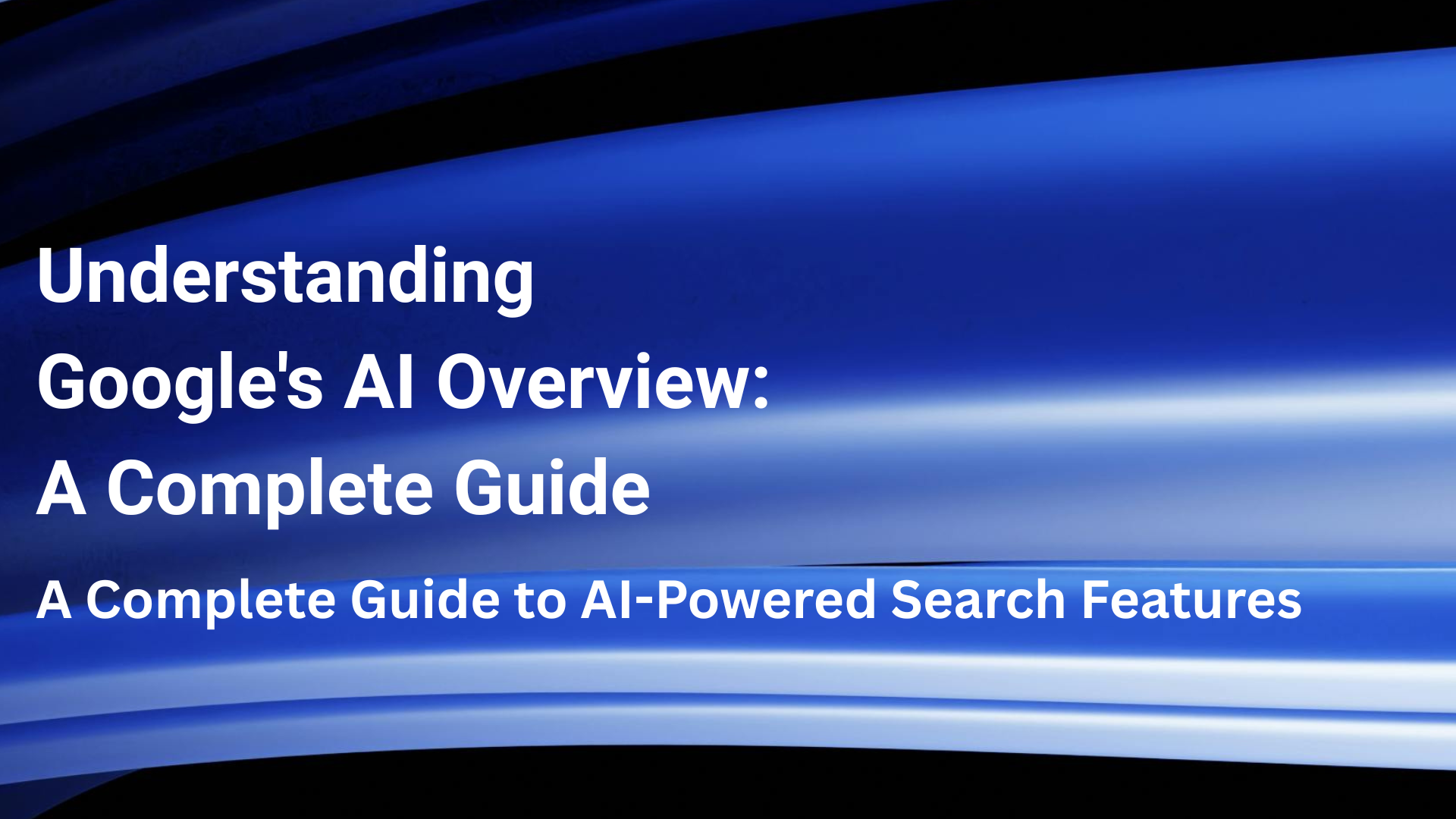1. Welcome to the New Frontier of Content
1.1. The Big Shift: Why Your Content Might Be Invisible
Welcome to a major shift in how we find information online. For years, the goal was to show up in Google’s “ten blue links.” But today, a growing number of people get their answers directly from AI tools like ChatGPT, Gemini, Claude, and Perplexity.
These tools often read, summarize, and present information from countless websites without always linking back to them. This creates a new challenge: your brilliant content could be used to form an answer, but you might not get any credit or traffic. This isn’t a glitch to fear; it’s a fundamental change that presents a new opportunity for creators who are ready to adapt.
1.2. What is LLM Seeding? (Your New Superpower)
LLM seeding is the strategy of creating and publishing content in formats and places that Large Language Models (LLMs)—the engines behind AI tools—are most likely to find, understand, and cite. Instead of fighting to rank #1 on Google, the goal is to become the source for the AI’s answer. Your new measure of success isn’t just about getting clicks; it’s about earning citations and mentions within AI-generated responses, building brand familiarity and establishing your authority in a new and powerful way.
This guide will walk you through this new approach, starting with how it differs from the digital marketing you may already know.
2. LLM Seeding vs. Traditional SEO: What’s the Difference?
While LLM seeding shares some fundamentals with Search Engine Optimization (SEO), its core focus is different. SEO is about attracting traffic to your website, while LLM seeding is about influencing the answers AI provides.
2.1. A Quick Comparison
This table breaks down the core questions each strategy seeks to answer:
| Focus Area | Traditional SEO Asks… | LLM Seeding Asks… |
| Primary Question | “How do I get more people to click to my website?” | “How do I become the answer, even if there’s no click?” |
| Primary Goal | Earn clicks and website traffic. | Earn citations and brand mentions in AI responses. |
| Key Metric | Search engine rankings. | Trust signals and clarity for AI interpretation. |
2.2. Better Together
It’s important to understand that this is not an “either/or” choice. A strong digital strategy uses both traditional SEO and LLM seeding. Think of them as two powerful tools that work together to maximize your visibility across every platform where people are looking for information.
Now that you understand the “what” and “why,” let’s dive into the “how.”
3. The Core Playbook: 5 Simple Ways to Create AI-Friendly Content
These five tactics share a common goal: structuring your knowledge with unmistakable clarity. LLMs are not human; they don’t infer meaning well. By using formats like lists, tables, and Q&As, you are pre-organizing your expertise in a machine-readable way, making it easy for AI to find, understand, and cite your work.
3.1. Tactic 1: Create “Best Of” Listicles
A “best of” listicle is an article formatted as a ranked list, such as “best tools for freelancers” or “top CRM platforms for startups.” This format directly mirrors the way users ask questions to AI, making your content a perfect match for those queries. LLMs prioritize these ranking-style articles because they are structured, clear, and deliver direct value.
3.2. Tactic 2: Use Semantic Chunking
Semantic chunking simply means breaking your content into clear, logically organized sections. This not only helps human readers but also makes it easier for AI to understand and accurately extract specific details. Here’s how to do it:
- Use clear subheadings for each distinct idea or topic.
- Write short, focused paragraphs that stick to a single point.
- Use bullet points or numbered lists to break down features, steps, or key takeaways.
3.3. Tactic 3: Add Comparison Tables
Side-by-side comparisons are gold to LLMs. When users ask for a comparison between two products or services (e.g., “Brand A vs. Brand B”), a well-structured table is the perfect format for an AI to pull from. To make your tables even more effective, include a clear verdict or recommendation, such as:
- Best for Enterprise
- Best Budget Pick
3.4. Tactic 4: Include an FAQ Section
AI models are trained on massive amounts of question-and-answer text. By including a Frequently Asked Questions (FAQ) section in your content, you are formatting your information in a way that is native to how they learn. For best results, format each question as a clear subheading (like an H2 or H3 heading) and write a direct, concise answer immediately below it. This simple Q&A structure is native to how AI models learn.
3.5. Tactic 5: Demonstrate Your Authority
LLMs use various cues to determine if a source is credible and trustworthy. You can build this trust by including clear authority signals in your content. For a beginner, this can be as simple as:
- Include a simple author bio that explains who you are and why you’re qualified to speak on the topic.
- Cite your sources whenever you make a specific claim or reference data.
- Speak from your own personal experience to provide authentic, first-hand insights that an AI can’t generate on its own.
If you’re already familiar with SEO, you’ll recognize these as core principles of Google’s E-E-A-T (Experience, Expertise, Authoritativeness, Trustworthiness) guidelines—proof that what’s good for search is often great for AI, too.
Creating the right kind of content is the first step. The next is publishing it where it will have the most impact.
4. Where to Publish Your Content for Maximum Impact
Publishing content only on your own website isn’t enough for effective LLM seeding. AI models pull information from a wide variety of sources across the internet. The more places your high-quality content appears, the higher the chances it will be found and cited.
4.1. Key Platforms to Consider
Here are three accessible and effective platform types for beginners to start with:
- Third-Party Platforms (like Medium or LinkedIn)
- Why it works: These sites are already trusted and crawled frequently by AI models. Publishing on platforms like Medium, Substack, or LinkedIn lends your content instant credibility and benefits from their high visibility.
- Forums and Communities (like Reddit and Quora)
- Why it works: These platforms are frequently surfaced in AI answers because they are filled with authentic, experience-driven insights. Answering questions and sharing insights in niche communities makes your expertise visible to both users and AI.
- Guest Posts on Industry Blogs
- Why it works: Contributing an article to a trusted blog in your area of interest builds your credibility. It places your name and insights on a platform that AI already recognizes as an authority, increasing the odds of being cited.
Once your content is out in the world, the final step is to track whether your strategy is working.
5. How to Know If You’re Winning: Simple Tracking for Beginners
Tracking the success of LLM seeding is different from traditional SEO because you won’t always see a direct click or referral traffic. Instead, you need to look for brand mentions and visibility within the AI tools themselves.
5.1. Your Starter Tracking Toolkit
Here are two simple methods any beginner can use to start measuring impact:
- Manual AI Testing
- What to do: Open an “incognito” or “private” browser window (so your past searches don’t influence the results) and ask AI tools like ChatGPT, Gemini, Claude, or Perplexity questions related to your content. For example, if you wrote about the “best backpacks for students,” you would ask that question. Run these tests multiple times to look for consistent patterns where your brand or content is mentioned.
- Set Up Brand Alerts
- What to do: Use a free tool like Google Alerts to monitor the web for mentions of your brand, product, or name. This can help you find “unlinked mentions”—instances where you are cited without a direct link—which often happen after someone sees your name in an AI response and searches for you directly.
With these methods, you can begin to see how your efforts are paying off and adjust your strategy over time.
6. Your Mission: Get Started Today
The way people search for information is changing right now. The old rules of just aiming for the top of Google are no longer enough. Your audience is asking questions in ChatGPT, Gemini, and other AI tools, and those platforms are deciding which brands get mentioned.
By learning the principles of LLM seeding, you are future-proofing your content and gaining a powerful “first-mover advantage.” The creators and brands that adapt today will own the conversation tomorrow.
Your mission is simple: pick one tactic from this guide and create your first piece of AI-friendly content. Combine a powerful format like a ‘Best Of’ listicle with the authority of a trusted platform like an industry blog, and you’ll have created the perfect recipe for getting noticed by AI. The new frontier of content is here, and you are ready to make your mark.


